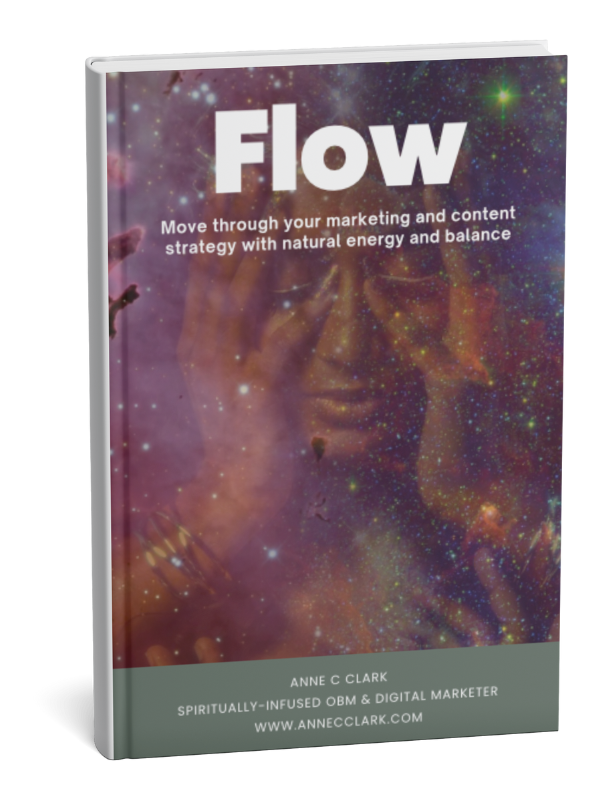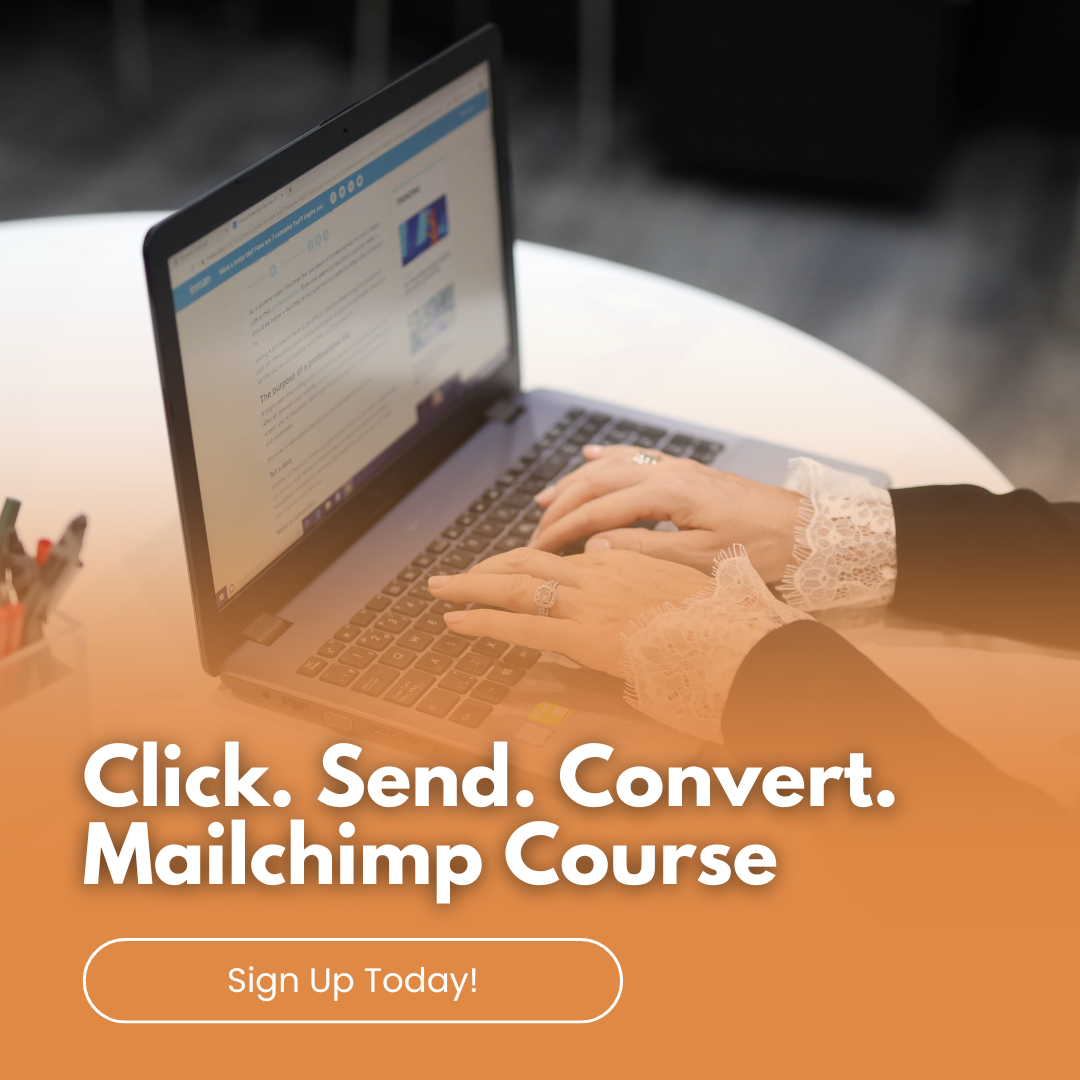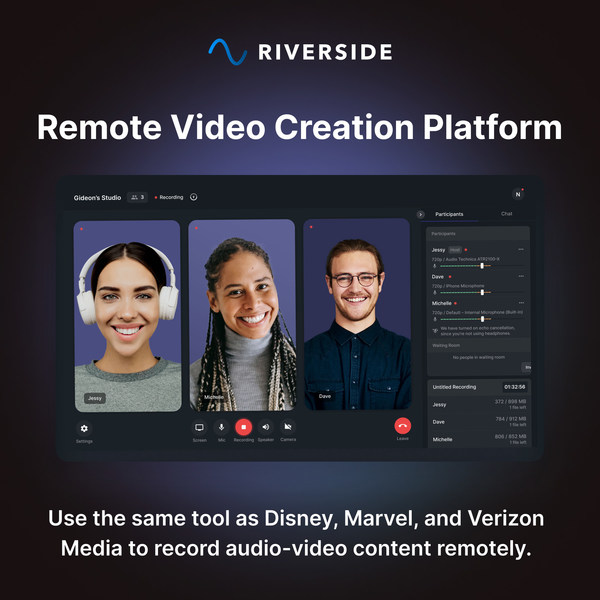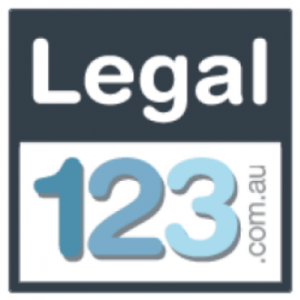
by Anne Clark | Oct 29, 2024 | Business, Kajabi
One amazing approach to generate regular income, build a devoted community, and give your readers special value is a membership site. Should you be thinking about starting one, Kajabi is the ideal platform for realising your idea. Its all-in-one capability and easy tools help to simplify the construction and administration of a membership site than ever. Let’s explore this beginner’s guide on how to set up your membership site with Kajabi – and how I can help you to have a flawless experience.
Clearly state your membership offering.
Clearly defining what you will offer your members comes first. Exclusively video tutorials, live Q&A sessions, downloadable materials, or access to a private community? Your membership materials should fit your niche and handle the particular needs of your target market.
Configure your Kajabi account.
Should you not already have a Kajabi account, register for one. Select the scheme that best suits your company requirements. Kajabi provides everything from email marketing and payment processing to hosting your membership content—all in one location.
Develop Your Membership Product.
The way Kajabi creates products helps you easily set up your membership website. Arrange your material into categories and subcategories using the drag-and-drop builder. This layout guarantees your members’ simple access to and navigation of their special resources.
Tailor Your Membership Site Design
Your brand should show on your membership site. Customisable templates available from Kajabi let you adjust to fit your fonts, colours, and general style. An aesthetically pleasing website keeps members interested and builds confidence.
Arrange Payment Choices and Prices
Multiple pricing tiers made possible by Kajabi are perfect for presenting varying degrees of membership. For access to core content, for instance, you could present a basic plan or a premium plan with extra benefits including one-on-one coaching or bonus materials. Kajabi makes collecting subscription payments simple by connecting with payment processors like PayPal and Stripe.
Create Your Sales Funnels
Attracting and converting possible members depend on a well-organised sales funnel. From opt-in forms, sales pages, and automated email sequences to nurture leads, Kajabi’s Pipelines let you easily build funnels.
Automatic Member Onboarding
Kajabi’s automation tools guarantee a friendly welcome once someone registered. Automated emails can help new members navigate the platform, introduce them to your products, and guarantee they feel supported right away.
Involve and Maintaining Members
Membership sites live on community and involvement. Use Kajabi’s built-in community tool to create a place where members may connect, exchange ideas, and interact. Frequent fresh content updates for your website help to keep members eager and returning for more.
Test and Launch Your Membership Site
Test everything before you launch! Verify that the user experience is flawless, payment systems are seamless, and all links function. It’s time to launch once you feel confident. Announce your membership site to your audience via social media, email marketing, and other channels.
Evaluate and enhance
Kajabi’s analytics tools allow you to track metrics like member retention, engagement, and revenue. Use this data to refine your offerings and ensure your membership site continues to grow.
Need Help Setting Up Your Membership Site?
Building a membership site with Kajabi can feel overwhelming if you’re new to the platform. From setting up your site structure and designing a stunning user interface to creating effective sales funnels and automations, I can handle the technical setup for you. This allows you to focus on what matters most – creating amazing content and engaging with your members.
Contact me today, and let’s build a membership site that grows your business, supports your audience, and creates a lasting impact. Together, we’ll turn your vision into reality!

by Anne Clark | Oct 22, 2024 | Business, Digital Marketing
Creating a content calendar doesn’t have to be a complex task. In fact, having a well-organised content calendar can save you time, keep your content consistent, and give you a clear overview of your strategy. Whether you’re managing a blog, running social media accounts, or planning email campaigns, a content calendar can be your best friend. Here’s how you can create a content calendar that works for you in three simple steps.
Step 1: Plan Your Themes
The first step in creating an effective content calendar is to decide on your overarching themes. Think about what message you want to convey and how it ties into your overall goals. Themes help you stay organised and ensure that your content is cohesive throughout the month or quarter.
Here are some ideas to get you started:
- Monthly Focus: Pick a specific topic or theme for each month. For example, if you run a wellness blog, January could focus on ‘New Year, New You’ content, while February could be about ‘Heart Health.’
- Seasonal Content: Align your themes with seasonal events or holidays. This is particularly useful for product-based businesses where promotions and campaigns can coincide with seasonal buying trends.
- Evergreen Content: Include a balance of evergreen content—topics that remain relevant over time, such as how-tos or beginner’s guides—to keep your content fresh and continually useful.
By planning your themes in advance, you’ll have a structure that makes the rest of your content creation easier.
Step 2: Outline Your Posts
Once you’ve chosen your themes, it’s time to outline your content for each post. This doesn’t mean you need to write the full post at this stage, but having a general outline helps to keep you on track and reduces last-minute stress.
Consider these elements when outlining your posts:
- Post Type: Will it be a blog post, video, social media post, or email? Defining the type of content helps you allocate time accordingly.
- Headlines: Jot down potential headlines or titles for each post. Keep them clear and catchy.
- Key Points: Write out 2-3 key takeaways or points you want to cover in each piece. This gives you a direction and ensures your content stays focused.
- Call to Action: Make sure each post has a clear call to action (CTA). Whether it’s asking your audience to comment, share, or sign up for a newsletter, every piece of content should guide your audience toward the next step.
Having these elements outlined will make it easier when you sit down to write or create the actual content.
Step 3: Schedule It All in One Go
The final step is to schedule your content, and this is where the magic happens. By scheduling everything in one go, you’ll save time, ensure consistency, and maintain a bird’s-eye view of your entire content strategy.
Here’s how to go about it:
- Choose a Platform: Whether you prefer a physical planner, an Excel sheet, or a tool like Google Calendar, Trello, or Asana, pick a platform that works for you.
- Set Publishing Dates: Assign dates for each piece of content based on your themes and post types. This could be daily, weekly, or even monthly, depending on how often you want to publish.
- Batch Your Work: Consider batching your content creation. For example, dedicate one day to brainstorming, another day to outlining, and a third day to writing and scheduling posts. This helps to streamline your workflow and keeps you focused.
Once your content is scheduled, you’ll have the freedom to focus on other areas of your business while knowing your content plan is working behind the scenes.
Why a Content Calendar Works
A content calendar helps you stay organised, reduce last-minute stress, and keep your content aligned with your overall goals. It allows you to:
- Maintain consistency across platforms.
- Strategically plan content that aligns with business objectives.
- Easily adapt and update your plan when necessary.
By following these three simple steps – planning your themes, outlining your posts, and scheduling it all – you’ll have a content calendar that keeps you on track and saves you time.
So, why wait? Start planning your content calendar today and take control of your content strategy! However, if you are struggling with time, or simply don’t want to do it, then chat to me about how I can support you and do all this for you instead.

by Anne Clark | Oct 14, 2024 | Business, Customer Service
Businesses are looking to streamline operations, save costs, and deliver efficient customer service. One popular method many companies have turned to is artificial intelligence (AI) chatbots. These bots are designed to handle a range of queries, offer quick responses, and theoretically improve customer experience by being available 24/7. However, my recent experience with Asana’s AI chatbot highlighted a critical flaw in relying too heavily on AI to handle customer interactions.
The AI Chatbot Loop: My Experience with Asana
While using Asana, I encountered a technical issue. Naturally, I turned to their customer support, which was run by an AI chatbot. At first, the bot seemed promising – quick responses and a vast knowledge of pre-set solutions. But when my problem turned out to be more complex, the chatbot got stuck in a loop, continually offering the same irrelevant solutions without any option for escalation. When I tried to register my email address for the next level of support, it kept failing, and then I was looped back around. Despite multiple attempts to resolve the issue, I was left going in circles, with the chatbot unable to provide real help.
Frustrated and unable to find a resolution, I eventually gave up. I tried emailing via their website for support….and heard nothing back after 3 attempts. The AI chatbot, meant to save time and frustration, became the very reason I walked away from Asana. My trust in their service was diminished, and I wasn’t willing to waste any more time waiting for the AI to understand my problem. In the end, I moved to a new system that offered real customer support staff.
The Downside of AI Chatbots
Many businesses view AI chatbots as a cost-saving tool that can handle high volumes of inquiries at a lower expense than employing real human support agents. However, the downside to relying on AI exclusively can be significant:
-
Lack of Personalisation: AI chatbots, no matter how advanced, follow programmed scripts. If the issue is outside their range of responses, customers quickly realise they’re not speaking with someone who understands their specific problem.
-
Frustration Over Complex Issues: While AI chatbots may be able to handle basic inquiries (e.g., “How do I reset my password?”), they often fail to resolve more complex issues. When customers, like myself, find themselves stuck in a loop of automated responses, frustration builds.
-
Lack of Escalation: One of the biggest issues I encountered was the inability to escalate my problem. AI chatbots are often not designed to easily transfer to human support, leaving customers without the help they need.
-
Missed Opportunities: Businesses may lose potential customers by offering insufficient support. Just like my case with Asana, customers may walk away, feeling that their time isn’t valued.
The Benefits of Having Real Staff Over AI Chatbots
While AI chatbots can handle simple tasks, having real staff still provides a range of benefits, especially when it comes to customer retention and satisfaction.
-
Empathy and Understanding: Human support agents can offer empathy—a key component when resolving issues, especially those that frustrate customers. Real staff members can assess the tone of a conversation and adapt their approach accordingly.
-
Problem Solving Skills: Unlike AI, which works on pre-programmed responses, human agents are critical thinkers. They can navigate complex situations, ask clarifying questions, and find unique solutions tailored to a customer’s issue.
-
Building Relationships: Real staff can build long-term relationships with customers by understanding their needs and offering personalised recommendations. This not only solves the immediate problem but can also create brand loyalty.
-
Escalation Options: With human support, there’s usually an established hierarchy – agents can escalate issues to managers or specialists, ensuring the problem is resolved at the right level. This chain of escalation is something AI bots currently struggle with.
Finding the Right Balance
AI chatbots are useful for handling straightforward queries, such as FAQs or simple troubleshooting. However, businesses need to recognise that for complex or high-stakes customer inquiries, human intervention is still necessary. The key is to find a balance between automation and real human support. One solution is to implement AI chatbots as a first line of support, but ensure that escalation to real staff is smooth and accessible. However, make it easy for people to find that next level of support.
AI can be helpful….
As my experience with Asana’s chatbot demonstrates, while AI can be helpful, it has its limitations- particularly when customer issues are complex. Businesses need to consider the potential consequences of relying too heavily on AI for customer service. If the balance isn’t right, they risk frustrating customers, losing business, and damaging their reputation. At the end of the day, investing in real human customer support can not only resolve issues more effectively but also strengthen the relationship between the customer and the brand.

by Anne Clark | Oct 8, 2024 | Business, Customer Journey
As a business owner or entrepreneur, the relationships you build with clients are the foundation of your business. These partnerships fuel your success, create opportunities for growth, and are often deeply rewarding. However, there comes a time when the fit between you and a client may no longer serve your best interests – or theirs. Letting go of a client can be a challenging decision, but it’s also a powerful step towards growth, alignment, and success.
I want to explain why letting go of a client is not only okay but necessary for your business to flourish and for you to work with people who truly align with your values and vision.
1. Protect Your Energy and Time
Your energy and time are your most valuable resources. If you’re working with a client who drains more of these than they should, it’s time to reassess. Complex or unaligned clients often demand extra attention, micromanage projects, or constantly push boundaries, leaving you feeling depleted.
By letting go of a draining client, you free up mental space and time to focus on those who energise and inspire you. When your time is spent on clients who align with your vision, you can pour more into projects that light you up and push your business forward.
2. Align with Your Core Values
Your core values guide your decision-making and help define the type of work you want to do. If a client is not aligned with these values, continuing to work with them may create internal conflict. For example, if you value authenticity and transparency, but your client operates with dishonesty or is unwilling to trust your expertise, this dissonance can hinder your work and overall satisfaction.
When you let go of clients not aligned with your values, you make space for partnerships with individuals who respect and share your vision. This leads to more harmonious, meaningful, and impactful collaborations that help your business grow.
3. Focus on Clients Who Appreciate Your Expertise
It’s not uncommon for some clients to underestimate your skills, question your expertise, or refuse to acknowledge the value you bring to the table. While you might tolerate this in the short term, long-term partnerships built on a lack of trust or respect are counterproductive.
Letting go of clients who do not value your expertise enables you to work with those who appreciate and trust your work. When clients understand your worth, you can deliver better results, experience higher job satisfaction, and enjoy more fruitful, successful partnerships.
4. Create Space for Better Opportunities
Sometimes, staying tied to unfulfilling or misaligned clients blocks you from grabbing new and better opportunities. It’s like holding on to a branch too tight to reach for the next one. If you’re investing time and resources into a client who doesn’t resonate with your goals, you might miss out on opportunities to work with individuals or businesses that better suit your long-term vision.
By releasing clients who aren’t a good fit, you allow room for better, more exciting opportunities to come into your life and business. Letting go sends a clear message to the universe (and to yourself) that you are open to growth and aligned, fulfilling relationships.
5. Uplevel Your Business and Attract Ideal Clients
Your business is constantly evolving, and as you grow, so too should the calibre of clients you work with. By holding on to clients that no longer fit your ideal client profile, you keep yourself anchored to the past. Letting go of them allows you to uplevel and make room for the clients who reflect your current level of expertise and ambition.
When you consciously choose to work with aligned clients, you strengthen your brand, reputation, and the value you offer. This creates a cycle of growth and prosperity, as your ideal clients will not only challenge you in meaningful ways but also help you continue evolving.
6. Foster More Authentic, Enjoyable Relationships
Like any other relationship, business partnerships should be built on mutual respect, understanding, and enjoyment. When you’re working with clients you genuinely like and feel connected to, the relationship thrives, and so does your business. If you find yourself dreading conversations with a client or feeling an uncomfortable disconnect, it’s a sign that the relationship may not be worth maintaining.
Letting go of these clients opens the door to working with people you enjoy collaborating with – clients who inspire you, energise you and align with the kind of work you want to do.
7. Prioritise Your Wellbeing
Working with clients who don’t resonate with you can take a toll on your mental and emotional wellbeing. Whether it’s constant tension, miscommunication, or simply not enjoying the work you’re doing, the stress can affect more than just your business—it can seep into your personal life and overall happiness.
Prioritising your wellbeing is not selfish, but essential for long-term success. When you let go of clients that cause you stress, you allow yourself to recharge, refocus, and work in a state of flow, ultimately benefiting both you and your business.
So….
Letting go of a client isn’t easy, especially when you’ve invested time, effort, and energy into building that relationship. However, by choosing to release clients that no longer serve your growth or align with your values, you make room for new opportunities and aligned partnerships that will elevate your business.
When you work with clients who appreciate, energise, and align with you, the work feels lighter, more fulfilling, and infinitely more rewarding. Trust that by letting go, you are creating space for something better—and that, in itself, is a powerful step toward growth and success.

by Anne Clark | Sep 23, 2024 | Business, Spirituality
January
- 1 January: New Year’s Day (Spiritual reflection, intention setting)
- 14 January: New Moon in Capricorn (Great for goal setting and grounding energy)
- 15 January: Makar Sankranti (Solar festival, Hindu)
- 25 January: Full Moon in Leo (Focus on self-expression and creativity)
February
- 12 February: New Moon in Aquarius (Innovation and community focus)
- 19 February: Lantern Festival (Buddhist)
- 27 February: Full Moon in Virgo (Healing energy, focus on health and order)
March
- 2 March: New Moon in Pisces (Heightened intuition and emotional sensitivity)
- 6 March: Holi (Festival of colours, Hindu)
- 14 March: Full Moon in Libra (Balance, relationships, and harmony)
- 20 March: Vernal (Spring) Equinox (Ostara, Wiccan/Pagan; balance of light and dark, rebirth energy)
- 21 March: Naw-Ruz / Baháʼí New Year
April
- 1 April: Easter Sunday (Christian)
- 6 April: New Moon in Aries (New beginnings, courage, and taking action)
- 14 April: Full Moon in Scorpio (Intense transformation, letting go of old patterns)
- 20 April: Solar Eclipse (New Moon in Taurus – Manifestation of abundance and stability)
May
- 5 May: Wesak/Buddha Day (Buddhist celebration of enlightenment)
- 7 May: New Moon in Taurus (Earthy, grounding energy for manifestation)
- 14 May: Ascension Day (Christian)
- 23 May: Full Moon in Sagittarius (Adventure, truth-seeking, expansion)
June
- 5 June: New Moon in Gemini (Communication, learning, curiosity)
- 21 June: Summer Solstice (Litha) – Longest day of the year, celebration of abundance and growth (Pagan, Wiccan, Druid)
- 22 June: Full Moon in Capricorn (Hard work, discipline, and achieving goals)
July
- 5 July: New Moon in Cancer (Nurturing, home, emotional well-being)
- 9 July: Hajj (Islamic pilgrimage)
- 10 July: Full Moon in Aquarius (Rebellion, freedom, and individuality)
August
- 5 August: New Moon in Leo (Creativity, leadership, and self-confidence)
- 12 August: Perseid Meteor Shower Peak (Powerful energy for wishes and manifestations)
- 14 August: Full Moon in Pisces (Spirituality, compassion, and dreaming)
- 23 August: Lunar Eclipse – (Full Moon in Pisces) Emotional release, heightened intuition
September
- 5 September: New Moon in Virgo (Health, organisation, and clarity)
- 10 September: Ganesh Chaturthi (Hindu festival of wisdom and new beginnings)
- 21 September: Full Moon in Aries (Bold action, courage, starting new projects)
- 23 September: Autumn Equinox (Mabon) – Balance of day and night, harvest energy, introspection (Pagan, Wiccan, Druid)
October
- 5 October: New Moon in Libra (Focus on relationships, balance, and diplomacy)
- 14 October: Solar Eclipse – (New Moon in Libra) Reset of relationship dynamics and inner harmony
- 23 October: Full Moon in Taurus (Focus on security, values, and stability)
November
- 1 November: Samhain (Pagan, Wiccan, Druid) – Honour ancestors, death and rebirth, spiritual communication
- 3 November: New Moon in Scorpio (Deep transformation, release, and rebirth)
- 12 November: Diwali (Hindu Festival of Lights)
- 19 November: Full Moon in Gemini (Learning, communication, and flexibility)
December
- 5 December: New Moon in Sagittarius (Optimism, adventure, and seeking truth)
- 8 December: Bodhi Day (Buddhist enlightenment celebration)
- 21 December: Winter Solstice (Yule) – Longest night, introspection, renewal (Pagan, Wiccan, Druid)
- 24 December: Full Moon in Cancer (Emotional connections, home, and family)
- 25 December: Christmas Day (Christian)
Astrological Highlights for 2025:
- Mercury Retrograde Dates:
- 13 March – 6 April (in Aries and Pisces)
- 17 July – 11 August (in Leo and Cancer)
- 9 November – 30 November (in Scorpio and Libra)
- Lunar Eclipses:
- 23 August (Full Moon in Pisces)
- Solar Eclipses:
- 20 April (New Moon in Taurus)
- 14 October (New Moon in Libra)
FLOW - Align Your Business with the Universe in 2025
Discover how to create soulful, aligned content and marketing strategies using the power of astrology, lunar cycles, and cosmic energy.
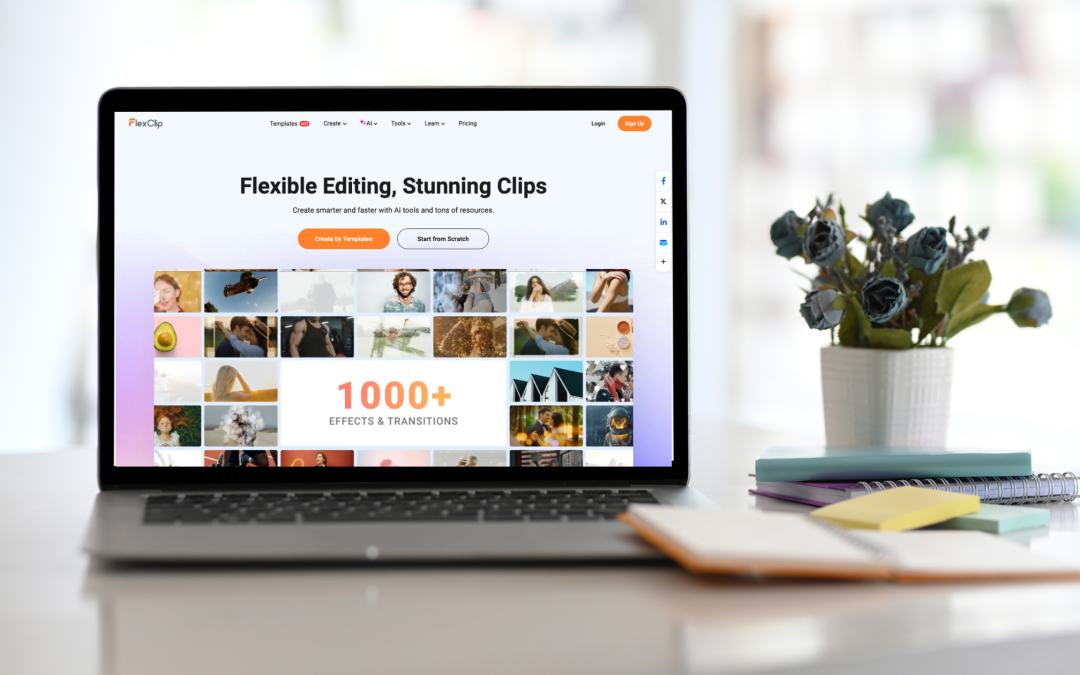
by Anne Clark | Sep 20, 2024 | Business, Digital Marketing
FlexClip for Business: The Ultimate Tool for Flexible Editing and Stunning Clips
 When you are a small business and need to create videos, but can’t afford the cost of a videographer at this stage, then I have a great tool for you to check out. FlexClip is your video editing one-stop shop. Allow me to explain.
When you are a small business and need to create videos, but can’t afford the cost of a videographer at this stage, then I have a great tool for you to check out. FlexClip is your video editing one-stop shop. Allow me to explain.
FlexClip is one such tool that empowers businesses to create professional-grade video content with ease, combining flexible editing features, AI-driven tools, and a wide range of resources designed to save time and elevate creativity.
Why FlexClip is Ideal for Business Use
Flexible Editing for Customised Content
FlexClip offers an intuitive and user-friendly interface, making it accessible to users of all skill levels. Whether you’re a novice or a seasoned video editor, FlexClip allows you to create tailored video content that aligns with your brand’s goals. With its drag-and-drop functionality, real-time preview, and wide selection of editing tools, you can effortlessly cut, trim, split, and rearrange video clips to create polished content. Flexibility is key, and FlexClip ensures that your videos can be edited quickly and precisely without the need for complex software.
AI Tools for Smarter, Faster Video Creation
Time is a valuable asset for any business, and FlexClip helps you save it with AI-powered tools designed to simplify the video creation process. Features like auto subtitle generation, background noise removal, and smart text-to-speech converters allow businesses to produce professional videos in a fraction of the time. By automating these tedious tasks, FlexClip frees up valuable time for more strategic and creative decision-making, ensuring faster turnaround times for your video projects.
Access to a Vast Library of Resources
FlexClip provides access to a huge library of stock footage, images, music, and customizable templates that are perfect for business use. Whether you’re producing a product demo, social media ad, corporate training, or internal communications video, FlexClip’s vast selection of resources ensures that you can create visually stunning and engaging content. From royalty-free music to video transitions and overlays, the platform is packed with everything you need to bring your creative vision to life.
Brand Consistency with Customisation
Maintaining brand consistency across all content is critical for businesses, and FlexClip excels at helping you stay on-brand. You can easily upload your own logos, fonts, and colour schemes to ensure every video reflects your business identity. With FlexClip, your videos are not only visually appealing but also aligned with your brand’s messaging and aesthetics.
Cross-Platform Integration for Maximum Reach
FlexClip allows for seamless cross-platform sharing, making it easy to export your videos in different formats suited for various platforms, including social media, websites, and email marketing campaigns. Whether you’re creating videos for Instagram, YouTube, LinkedIn, or your company’s internal portal, FlexClip’s export options ensure optimal quality and compatibility.
Cost-Effective Solution for Businesses
Investing in high-end video editing software can be costly, but FlexClip provides a cost-effective alternative without compromising quality. With scalable pricing options, FlexClip caters to businesses of all sizes, offering essential tools for small startups and expansive features for larger enterprises. By providing businesses with the resources they need at a fraction of the cost, FlexClip ensures a high return on investment for your video marketing efforts.
Key Benefits for Businesses Using FlexClip:
- Efficiency: AI-driven tools streamline the editing process, reducing time spent on manual tasks.
- Professional Quality: Access to a wide array of templates, stock footage, and high-quality effects for polished results.
- Scalability: Perfect for businesses of all sizes, from startups to established enterprises.
- Creativity: Customisable options allow you to create visually compelling and unique content.
- Cost-Effective: A budget-friendly alternative to high-end editing software.
FlexClip is more than just a video editor – it’s a comprehensive solution designed to help businesses create stunning, professional-quality video content quickly and efficiently. With its flexible editing features, AI tools, and vast library of resources, FlexClip empowers businesses to streamline their video production process and focus on delivering impactful content that resonates with their audience. Whether you’re looking to enhance your marketing efforts, improve internal communication, or elevate your social media presence, FlexClip provides the tools you need to succeed.
Embrace smarter, faster video creation with FlexClip and unlock the potential of your business content today!






